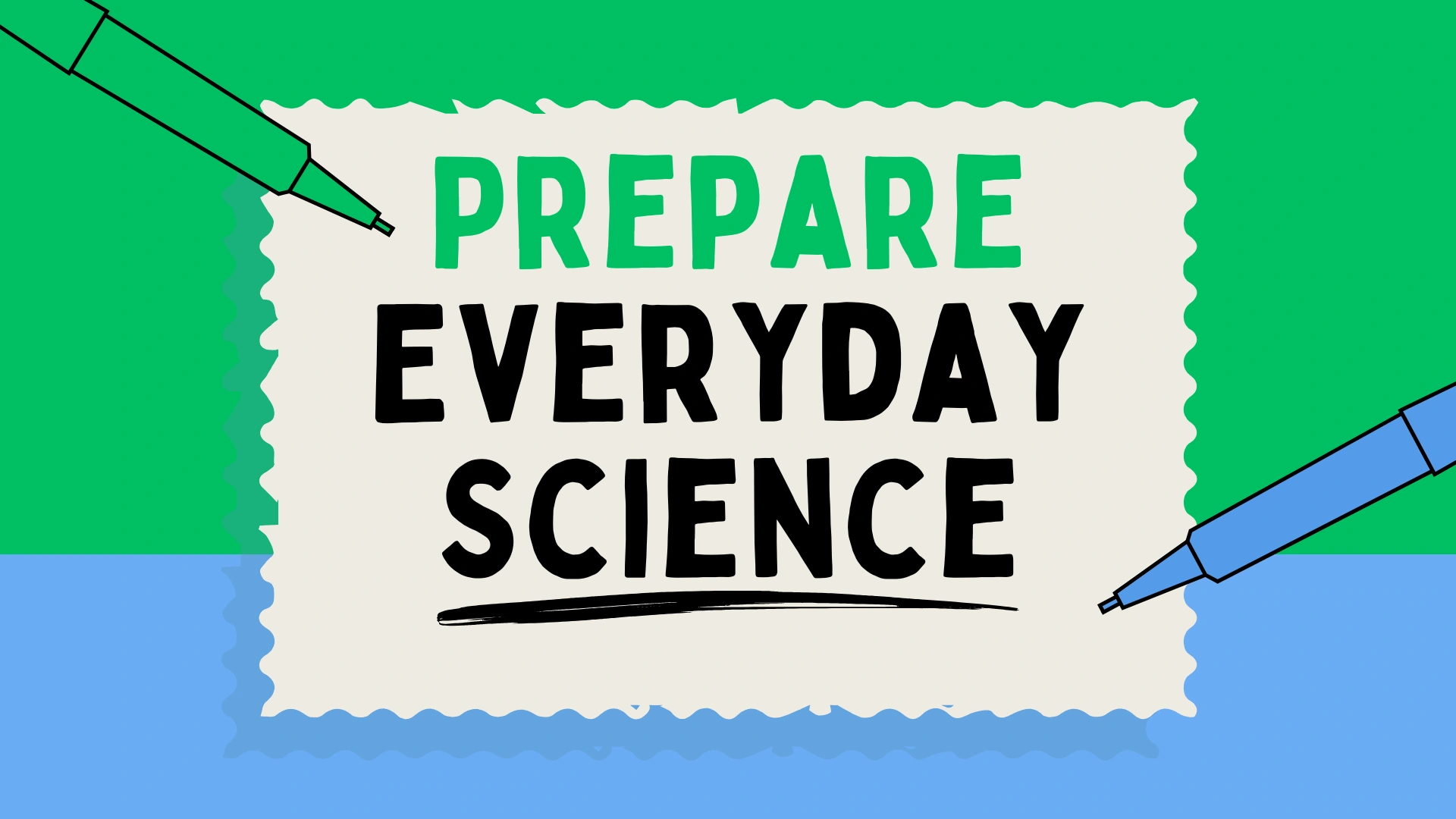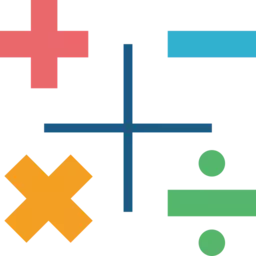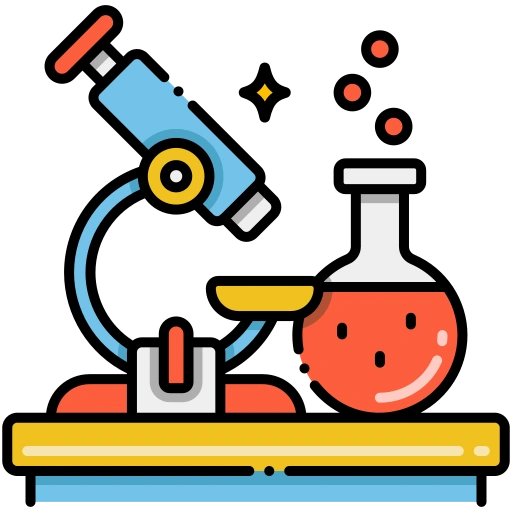We have found a proper way to help you prepare everyday science for your job tests in any field of your interest.
What is everyday science?
Everyday science typically refers to basic scientific knowledge and principles that are relevant to daily life.
Importance of everyday science:
- Informed Decision-Making: Enables critical evaluation of health, technology, and environmental information
- Personal Empowerment: Increases understanding of natural phenomena
- Practical Applications: Enhances understanding of technological innovations
- Professional Advantages: Improves adaptability in technology-driven work environments
- Social and Economic Benefits: Supports public understanding of scientific research
- Personal Health Management: Supports preventive health strategies
- Environmental Awareness: Supports sustainable lifestyle choices
How to Improve everyday science
- Online courses
- YouTube educational channels
- Science blogs and journals
- Visit science museums
- Attend public science lectures
- Develop scientific curiosity
- Maintain consistent learning routine
Prepare Everyday Science by Clicking on the Start Quiz
Everyday Science Exercise 1
Which is the outermost planet in the solar system?
Severe deficiency of Vitamin D results in __________.
Milk contains water
The SI unit of charge is __________?
Very High Frequency (VHF) have __________ wavelengths?
Long-sight defect could be corrected by using __________ lens?
Deficiency of Vitamin-A results in __________?
The lifespan of Red Blood Cells is __________ days?
The density of water is __________?
For a fixed mass of gass at constant temperature, if we decrease volume, the pressure will _________?
Radioactivity was discovered by __________?
A device which converts chemical energy into electrical energy is called __________?
The Sun is a __________?
The gas used in a refrigerator to cool water is___________?
The average adult has a blood volume of about __________ liters.
The most abundant element in the universe is __________.
The most abundant element in the Earth’s crust is __________?
Each day human body breathe in __________ liters of air.
The SI unit of “pressure” is _________.
The most densest substance on the Earth is __________.
Everyday Science Exercise 1
You got {{userScore}} out of {{maxScore}} correct
{{title}}
{{image}}
{{content}}
Everyday Science Exercise 2
A camera uses a __________ to form an image.
Which from the following is NOT a conductor?
CNG stands for?
Which from the following is true for “Sound”?
When white light is passed through a prism, it splits into __________ colours.
1 nanometer = ?
Instrument used for measuring very high temperature is __________?
Sound waves are _________ waves.
The lifespan of White Blood Cells is __________ day(s)?
The fluid part of blood is known as __________?
During winter in cold countries, the __________ is mixed to melt the ice on the icy roads.
In a very low temperature which from the following will freeze at last?
The nearest planet to the Earth is _________?
The planet that moves round the Sun at the highest speed is?
In general, Comets have __________ orbits
GPS is an abbreviation for?
Oxidation is a chemical reaction involving the __________?
At night, Plants intake __________ and release __________?
Urine is produced in __________?
Blood is cleaned by __________?
Everyday Science Exercise 2
You got {{userScore}} out of {{maxScore}} correct
{{title}}
{{image}}
{{content}}
Everyday Science Exercise 3
The position of an element in the Periodic Table is determined by its __________ number?
The salinity of sea water is determined by the amount of common salt (Sodium Chloride) in __________ of sea water.
The planet which is easily visible from the Earth is?
The Great Spot is on the planet __________?
1 light year = ?
The bodyguard of the Earth is __________ that save the Earth from many Comets and Asteroids.
The planets visible to us without using a telescope are __________?
Biosensor is used to measure?
Einstein’s famous equation which states that mass and energy are interchangeable is?
The SI unit of electric current is?
The principal constituent of the atmosphere of the Earth is?
What is Dry Ice?
Digestion of food is completed in the __________?
Carrot is good source of Vitamin _______?
For proper formation of teeth, __________ is essential?
Deficiency of __________ causes loss of appetite and poor growth?
Meteorology is the study of?
What are the primary colors of Light?
What are the primary colors of Pigment?
The Carbon Dioxide in the atmosphere, by volume, is_______?
Diamond is an allotropic form of_______?
The SI unit of Heat is________?
Everyday Science Exercise 3
You got {{userScore}} out of {{maxScore}} correct
{{title}}
{{image}}
{{content}}
Everyday Science Exercise 4
The good sources of Vitamin-A are?
The good sources of Vitamin-B Complex are?
The good sources of Vitamin-C are________?
The good sources of iodine are_______?
The gas, commonly known as “laughing gas”, is
The source of oxygen in photosynthesis is
The instrument used to measure wind speed is?
The natural fats and oils are composed of_________?
The energy value of food is measured in_______?
Wind energy is the __________ energy.
Who is considered the founder of meteorology?
Water covers __________ of the Earth’s surface?
In general, wind speed of 105–137 caused_______?
Acid rain is mainly caused by emissions of __________ in the atmosphere?
About 50% of the Earth’s crust, including the waters on the Earth and atmosphere, is?
The fourth state of matter is?
The device used to convert Alternate Current into Direct Current is called?
In night, when photosynthesis is stopped, plants__________?
__________ are called the powerhouses of the cell?
One of the countries through which equator passes is___________?
Everyday Science Exercise 4
You got {{userScore}} out of {{maxScore}} correct
{{title}}
{{image}}
{{content}}
Everyday Science Exercise 5
Copper can be converted into gold by ?
The three elements needed for healthy growth of plants are __________?
Clocks, which moves with the velocities comparable with the velocity of light, run ?
Max Planck received the noble prize in Physics in 1918 for his discovery of ?
Bronze medal is made up of metals ?
Addison’s disease is caused by the deficiency of____________?
Humming bird belongs to a category called ?
Radioactive isotope of Uranium used in Nuclear Bomb is ?
Human population growth is greatest in developing countries because ?
Which woody raw material is used for the manufacture of paper pulp?
Rectified spirit contains alcohol about ?
Which of the following elements is not present abundantly in earth’s crust ?
The famous book; Al – Qanun was written by the Muslim scientist ?
Basic metals can be converted into gold by ?
A light year is a unit of ?
One of the main function of the earth’s ozone layer is to ?
Person with following blood group are considered to be universal recipient ?
Study of life in outer space is known as ?
The name of the common mineral salt present in sweat is ?
Sensitive layer of the eye is?
Everyday Science Exercise 5
You got {{userScore}} out of {{maxScore}} correct
{{title}}
{{image}}
{{content}}













